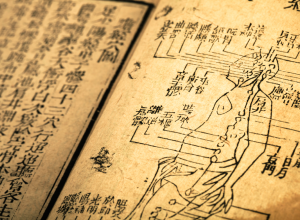
Traditional Chinese Medicine (TCM)
Traditional Chinese medicine (sometimes called TCM) is a broad range of non-scientific medicinal practices developed in China that stem from traditions beginning more than 2,000 years ago. It is based on the thought that the body’s vital energy (qi or chi) flows through channels called meridians that are connected to bodily organs and systems.
Common TCM methods include acupuncture, acupressure, herbal medication, cupping done by acupuncturists, moxibustion, massage and qugong (a holistic system that utilizes posture, movement and breathing to enhance wellbeing).
Traditional Chinese medicine is considered alterative medicine and is generally used as a compliment to modern medicine approaches (sometimes called complementary medicine). It is used to treat many common foot disorders, including general foot, ankle and leg pain.
The National Center for Complementary and Integrative Health (NCCIH) is a good source for learning more about how different TCM herbs and practices affect the body as well as a person’s yin and yang.
Notice concerning medical entries:
Articles having medical content shall serve exclusively for the purpose of general information. Such articles are not suitable for any (self-) diagnosis and treatment of individual illnesses and medical indications. In particular, they cannot substitute for the examination, advice, or treatment by a licensed physician or pharmacist. No replies to any individual questions shall be effected through the articles.







